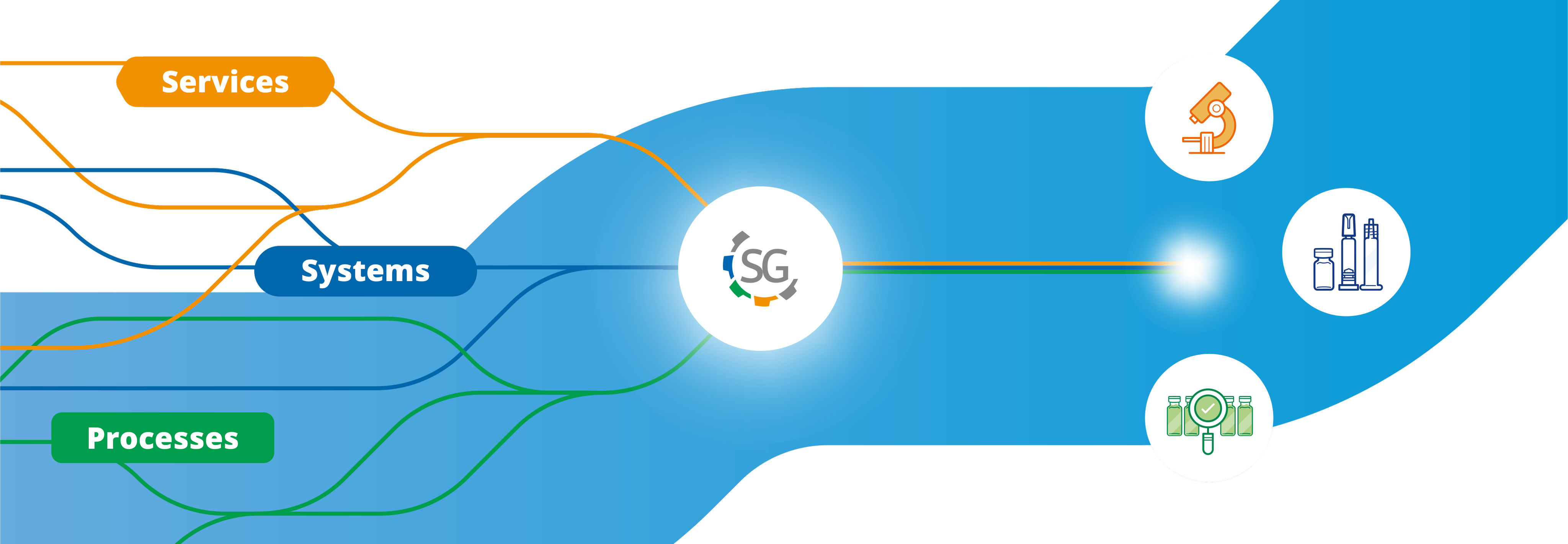Ensuring CCI at -80°C: Ideal vial solution for pharma cold storage
Market Insight
Covid-19 and the subsequent rise of mRNA vaccines brought new types of therapies to the market that require storage at deep-cold temperatures down to -80 °C.
Risk
The stress on the glass at these low temperatures increases the chance of vial breakage. The risk of breakage is extremely important to pharmaceutical companies due to the high values od drug cointained.
Need
Increased assurance about the compatibility of glass containers with cold storage conditions is key for pharmaceutical companies.
Solution
In this increasingly complex application, EZ-fill® vials are a proven solution to make life easier for customers. Find out Fina® Vial’s optimal performances with deep-cold drug applications and complex cold-chain requirements for both Mechanical & Container Closure Integrity (CCI) performance
Ensuring mechanical resistance with Vertical Compression Test & Burst Test (CTQAs investigated in the study)
Objective
Identify and determine the impact (if any) on glass vials’ mechanical resistance to Axial Load and Internal Pressure of storage conditions of -80°C over a period of 7 days
Method
Vertical Compression and Burst test
Results
2R Fina® quality glass can withstand a conditioning at -80°C for a prolonged period of time without impacting its mechanical performance.
Ensuring Containet Closure Integrity with Headspace Gas Analysis
Objective
Determine CCI during stability at 25°C/60% RH and -80°C at two different time points (T0 and T6 months) over a storage period of 6 months.
Method
Use of Headspace Gas Analysis technique, based on the measurement of the headspace carbon dioxide content in the samples after exposure to a carbon dioxide enriched environment at the target temperatures.
Results
no CO2 detected in all the samples. 2R Fina® vial geometry, in combination with different closure systems, can maintain CCI for a prolonged period of time under the testing conditions
The configurations tested showed no statistically significant difference before and after conditioning.
READ MORE
Mechanical Performances in deep freezing

 Deutsch
Deutsch
 English
English
 Italiano
Italiano
 日本語
日本語
 中文
中文
 Español
Español














